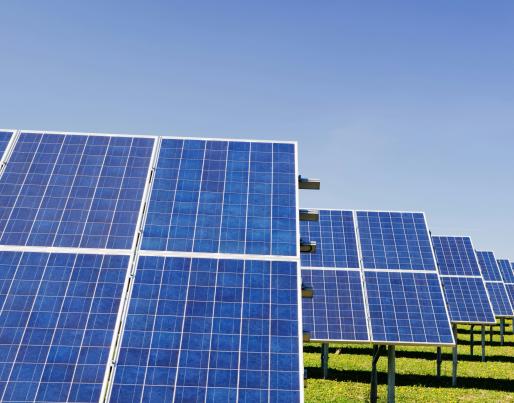
Smart design meets clean energy

Smart design meets clean energy
This paper unveils how solar, wind, and geothermal power are reshaping architecture. Blending innovation with sustainability, it charts a bold course for buildings that not only consume less but also give back more. A blueprint for a greener built environment.
As the global demand for sustainable solutions intensifies, the construction sector is increasingly turning to renewable energy to reduce its environmental footprint. This paper examines how solar, wind, and geothermal technologies are being integrated into building design to create structures that are both energy-efficient and environmentally responsible.
The study outlines the key advantages of this approach, including lower greenhouse gas emissions, reduced reliance on external energy sources, and long-term cost savings. It also explores how smart energy systems are helping buildings manage power more effectively, making them more resilient in the face of energy disruptions.
However, the transition is not without its challenges. High initial costs, technical complexities, and regulatory barriers continue to hinder widespread adoption. The paper calls for stronger policy frameworks, better planning, and increased public awareness to support the shift towards greener construction practices.
Ultimately, the findings present a compelling case for renewable energy as a cornerstone of sustainable architecture. With the right strategies and support, buildings can evolve from passive energy consumers into active contributors to a cleaner, more sustainable future.
Utilizing Renewable Energy in Sustainable Building Design.pdf
English (266.14 KB - PDF)
